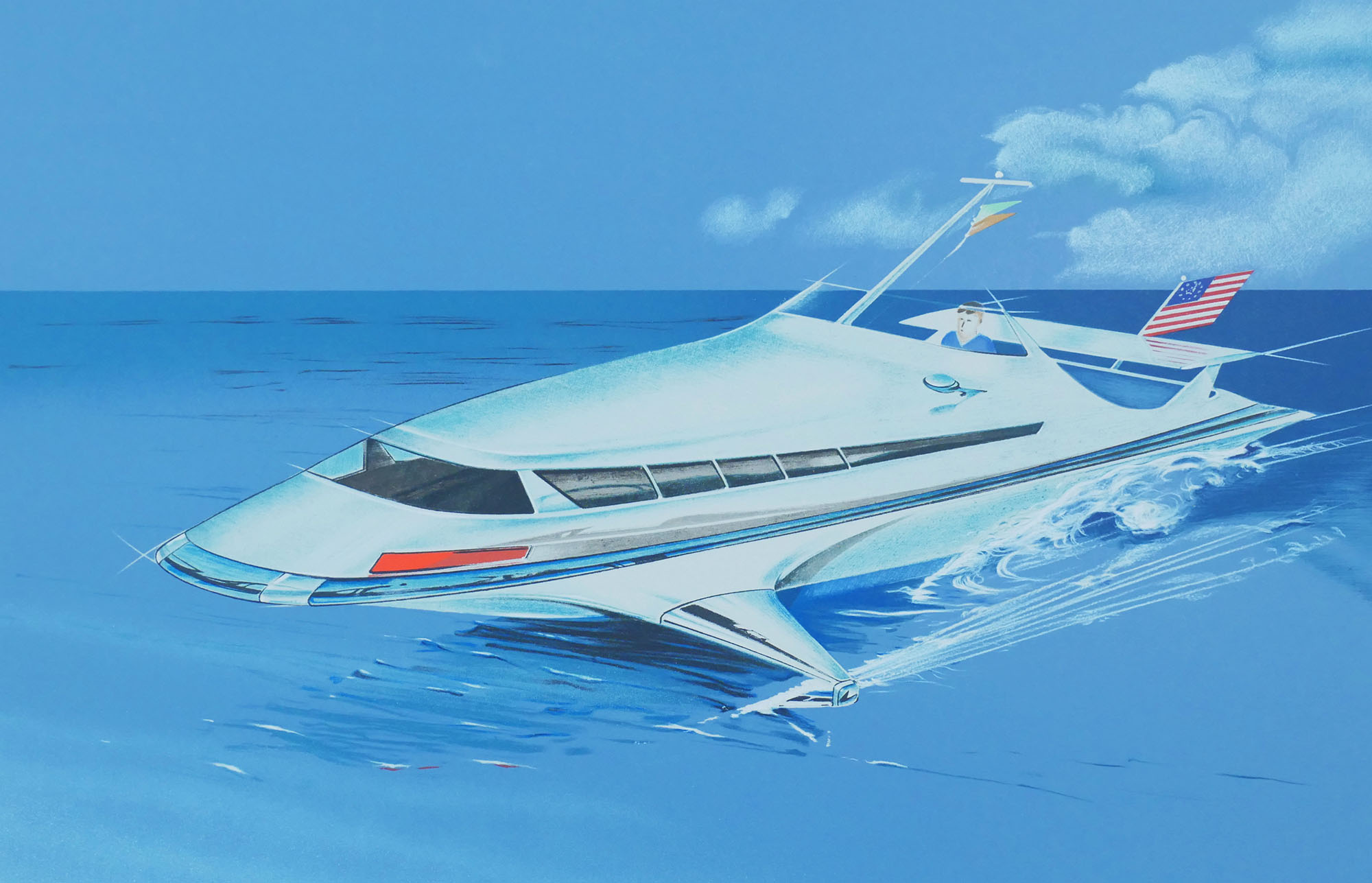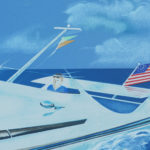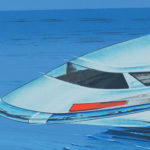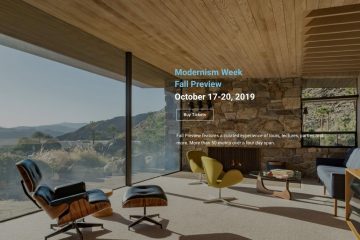This summer is shaping up to be another scorcher. While the Alabama humidity can’t be tamed, we do have plenty of lakes to enjoy. Not to mention, we have some of the most beautiful Gulf Coast beaches. There is simply nothing like being on the cool water on a hot summer day.
If only I had Raymond Loewy’s Hydrofoil sitting in a dock, instead of in the GALLERY. Not only is this vessel a prime example of his talent, but it was one of many products Loewy was commissioned to create for Russia during the Cold War. In the midst of political turmoil, this partnership between Loewy and the USSR was a ray of hope for international cooperation.
What is a Hydrofoil?
Originally designed by Italian inventor Enrico Forlanini in 1906, the hydrofoil is not your average boat. It boasts a curved, wing-like underwater fin to lift the moving boat’s hull above the water. As a result, drag is dramatically decreased and the boat moves faster without burning more horsepower.
Flying Boats as Wartime Vessels
In the 1970s, the Cold War was raging, and Russia and the United States were in a race to out-do each other. From space exploration to military technology, each country was on a quest to become a world superpower. In preparation for potential escalation, every possible attack angle was explored.
Naval warfare was a big concern, with nuclear submarines quickly becoming what can be considered the most powerful weapons systems ever. Armed with this knowledge, naval vessels needed to adapt to prevent potential attacks.
Enter the hydrofoil- a watercraft that “flies” above the water.
The Hydrofoil Advantage
Traditional hulls have a larger submerged area, making it vulnerable to torpedo attacks. With a hydrofoil, the submerged area is reduced, which helps avoid underwater assault. In addition, the underwater wings reduce drag and enhance stability, allowing the hydrofoil to maneuver quickly through turbulent water.
Loewy and a Contract with Russia
To compete in the world market, Russia opted to consult with a leading industrial designer on creating products that would appeal to Western markets. That designer was Raymond Loewy. Not only were his firms contracted to design hydrofoils, but also Russian cars, motorcycles, cameras, watches, refrigerators, and tractors.
Loewy believed that this contract would open up markets for Russian goods. “Once they set their minds to doing something, they have tremendous resources for carrying the project through,” he remarked.
In a press release issued by the State Committee for Science and Technology, the Russians stated: “Scientific and design technological collaboration of this kind is the first U.S.S.R. experiment of international cooperation in this field.
“It is expected that the contract’s implementation will permit our industry to use the firm’s knowledge and experience, which is based on long‐term studies and forecasts of consumer requirements in increasingly competitive world markets.”
The Fall of the USSR and the Raketas
Nicknamed “Raketas”, or Rockets in Russian, hydrofoil production ended with the economic collapse of the Soviet Union. These planes of the sea were sent to rust in ship graveyards or sent to other Asian countries. It appears that the hope for bringing USSR products to the world marketplace was not realized.
Even though Loewy’s relationship with Russia did not bring about the end to the war, or even help them enter the Western marketplace, his talent and design remain noteworthy even today.
Concepts as Art: Hydrofoil
The artist created a maquette for the Hydrofoil lithograph after his original 1962-1963 design. Using this design as a model, mylar sheets (one for each color), were prepared by Alberto Barrera, under the artist’s direction, and then chemically transferred onto emulsion-coated aluminum lithographic plates at the American Atelier. Silver foil was applied by hot stamping.
Proofs were pulled. Corrections and additions were made by hand to the first proofs by the artist. A second proof was pulled under the supervision of Technical Director, Mauro Guiffreda at the American Atelier. Finally, each print in the edition was inspected and initialed by hand in pencil by Loewy at The American Atelier in December 1978.
Visit our GALLERY to add this spectacular piece to your own collection.







